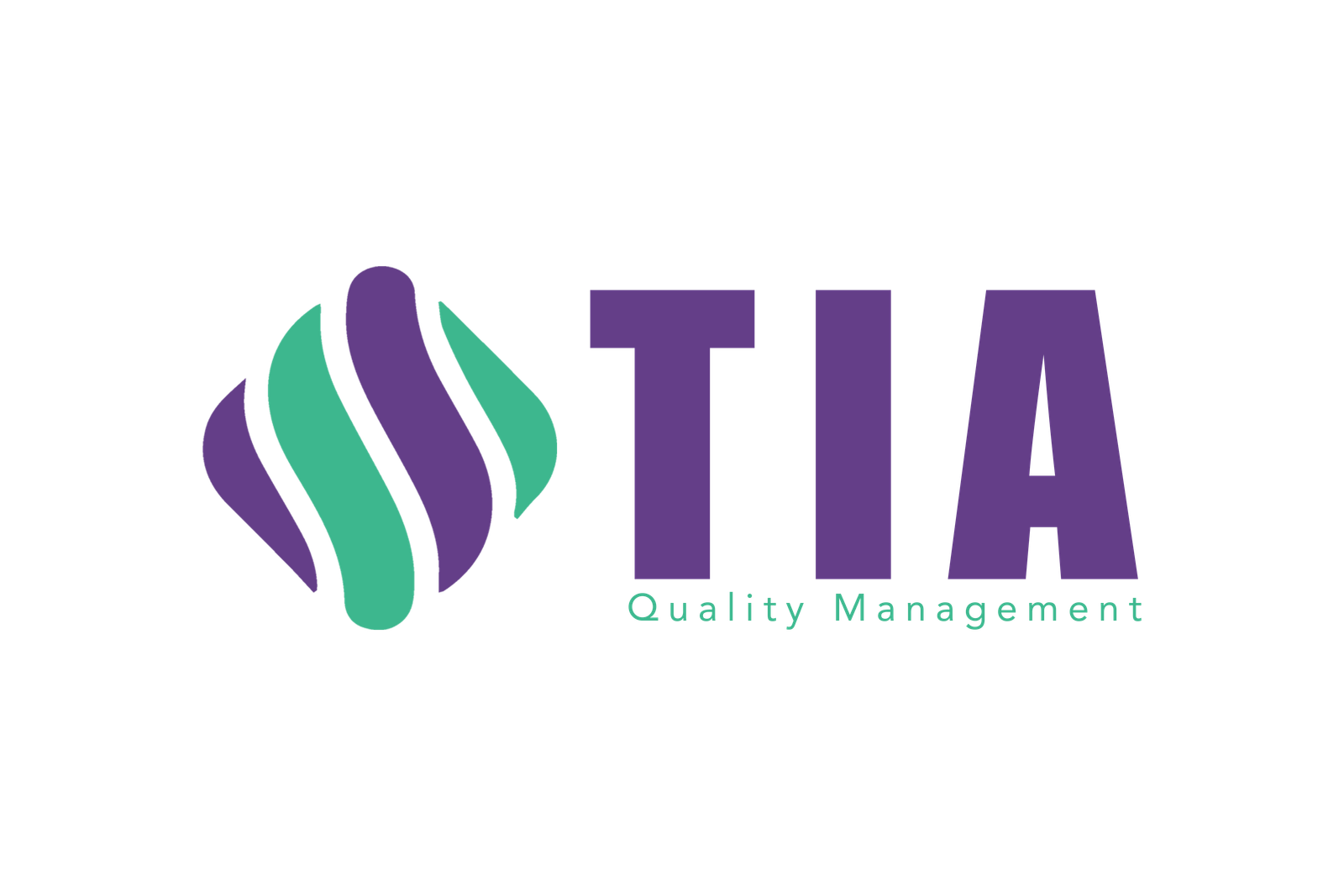TIA Quality Management
Quality Planning
is a key component of project and operational management, focused on defining quality standards relevant to the project or product and determining how to meet those standards effectively and efficiently. This involves several interrelated steps:

- Understanding quality in the specific context (compliance, reliability, customer satisfaction).
- Establishing desired outcomes and performance metrics.
- Aligning quality objectives with broader business or project goals.
- Identifying and engage key stakeholders.
- Evaluate and secure resources – testing tools, software, training materials, and documentation platforms.
- Establishing a quality management team or assigning specific responsibilities to ensure accountability.
Includes:
- Reviewing industry standards, legal regulations, and customer expectations (ISO standards, Six Sigma, and/or internal benchmarks).
- Translating specific, measurable quality requirements for the product or service.
- Creating a Quality Requirements Document (QRD) or similar artefact that outlines all expectations clearly.
Standard require 98% of customer support to tickets be resolved within 24 hours.
Develop procedures to meet them standards and requirements:
- Designing and documenting processes for quality assurance (QA), be reviewing, inspections, audits, and testing.
- Defining quality control (QC) procedures to monitor performance and identify defects or non-conformance.
- Establishing feedback loops to continuously improve processes based on findings.
- Creating checklists, SOPs (Standard Operating Procedures), and templates to support consistent application.
TIA quality team use metrics and KPIs to measure the effectiveness of these procedures.
Summary
Quality Planning is a critical foundation for ensuring project success and long-term excellence. By clearly defining quality standards, responsibilities, and verification processes, it ensures that quality is proactively built into every phase rather than being left to chance. Effective quality planning not only reduces risks and rework but also boosts customer satisfaction, supports regulatory compliance, and aligns quality initiatives with the organization’s broader objectives. When done thoroughly, it fosters clarity, accountability, and continuous improvement, making it a key contributor to both immediate project success and sustained high performance over time.
Contact Us
For explore our open roles and take the next step in your career with us.
careers@tia-quality.co.uk
careers@tia-quality.co.uk

